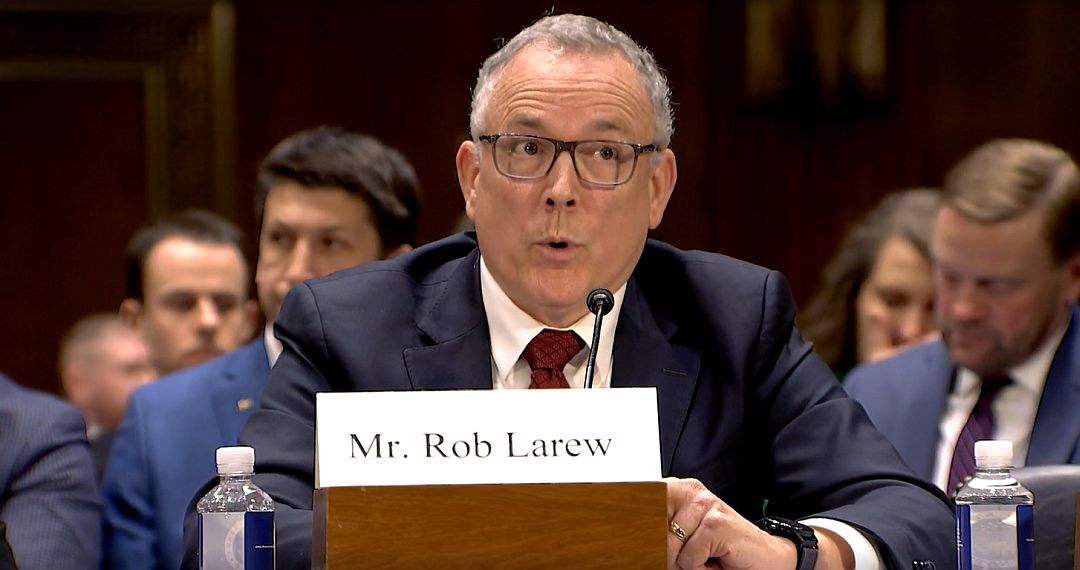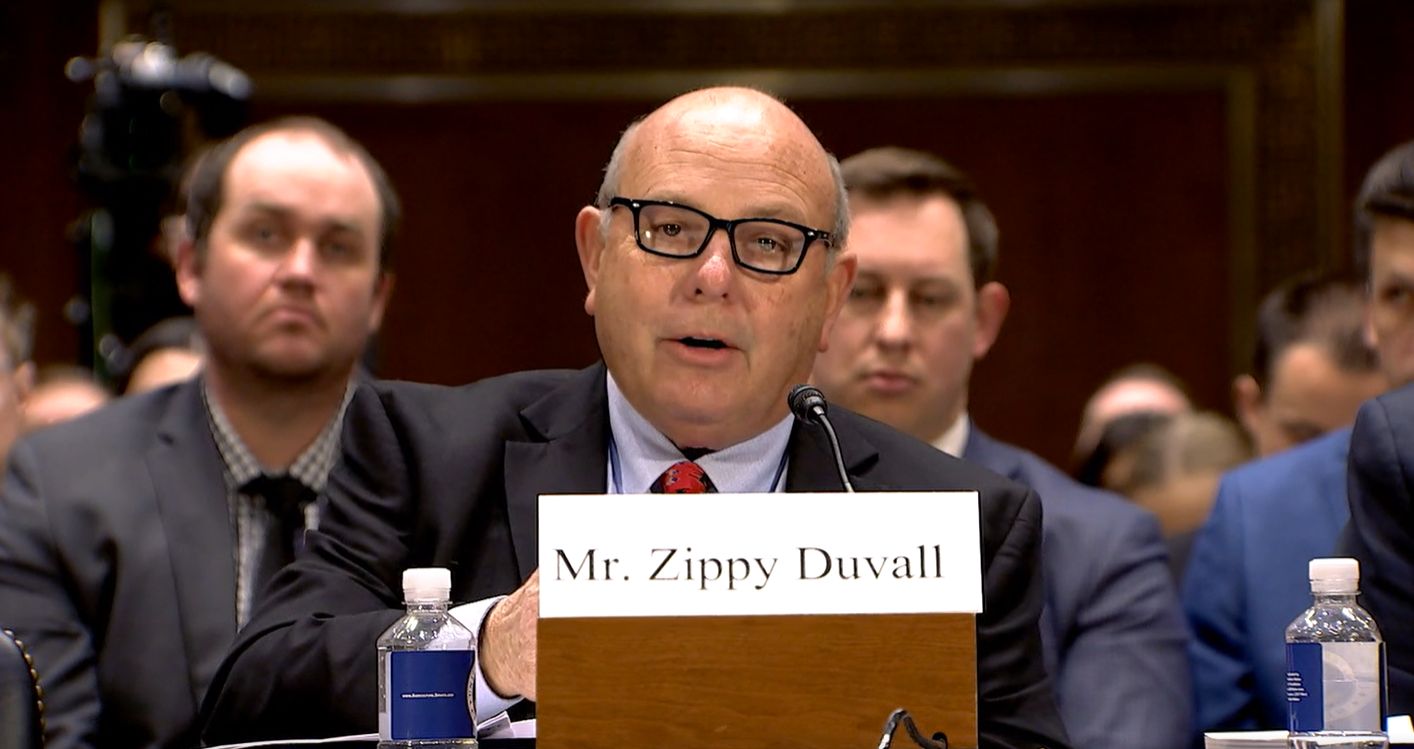
By Agroempresario.com
The American soybean industry is facing mounting challenges as a combination of anti-seed oil rhetoric and intensifying trade tensions threaten its stability. Farmers are raising concerns over misinformation regarding the health impact of seed oils, which could significantly impact domestic demand. At the same time, escalating tariffs and potential trade disputes are compounding economic uncertainty, creating serious financial risks for US producers.
Soybean farmers have long relied on stable domestic demand for soybean oil, both for food consumption and biofuel production. However, recent narratives portraying seed oils as harmful to health have triggered a backlash against these products, with prominent figures advocating for their removal from the food supply.
Josh Gackle, chairman of the American Soybean Association (ASA), testified before the Senate Committee on Agriculture, Nutrition, and Forestry, warning lawmakers about the impact of these developments.

“When threats arise that impact soybean exports, US producers look to domestic markets to cushion the blow,” Gackle stated. “Right now, however, significant uncertainty is tied to federal policy impacting domestic markets for soybean oil, both for food use and biofuel production. Increasing rhetoric perpetuating false claims about the detrimental health impacts of soybean oil and other seed oils, paired with threats of banning these products from domestic food use, raise questions about US soybean farmers’ continued access to this market.”
If domestic consumption were to decline significantly, it could lead to a sharp drop in soybean oil prices, directly impacting farmers’ incomes. This economic challenge comes as the industry is still recovering from the fallout of the 2018 trade war with China, which reshaped global soybean trade patterns.
The 2018 trade war between the US and China dealt a heavy blow to American soybean farmers. As a key export crop, US soybeans faced severe disruptions when China imposed tariffs in response to US trade policies. In the aftermath, Brazil expanded its soybean production to fill China’s demand, a shift that caused “irreparable and long-lasting harm” to US farmers, according to Gackle.
“Our industry now faces increasing competition with Brazil in every export market, not just China,” he explained. With Brazil consistently gaining ground as a soybean supplier, US farmers must now contend with a more challenging global market, exacerbating financial strains at home.
Further complicating the landscape, the possibility of new tariffs on Canadian imports is raising concerns about rising input costs. Gackle pointed out that approximately 87% of potash—a crucial fertilizer ingredient used in US agriculture—comes from Canada. If the US government proceeds with imposing a 25% tariff on Canadian imports, farmers could face significantly higher fertilizer prices, further squeezing their profit margins.
Trade disputes and tariffs have long-term consequences beyond direct crop exports. Rob Larew, president of the National Farmers Union (NFU), emphasized that even the threat of tariffs creates instability in the market.
“We’re hearing about suppliers of fertilizer and other goods who are already adding costs onto products in anticipation of potential tariffs,” Larew said. “Some suppliers are even refusing to sell for delivery beyond a certain date due to the uncertainty.”
This kind of volatility complicates financial planning for farmers, who already operate within tight margins. Higher production costs, combined with falling soybean prices, could force many small and mid-sized farms into financial distress.
Senator Amy Klobuchar (D-MN) also expressed concern over these economic challenges. “Tariffs open American farmers to retaliatory tariffs, and we’ve seen this before. What our farmers want is trade, not aid,” she stated. She noted that a potential tariff on Canadian potash could increase fertilizer costs by as much as $1.70 per acre for corn and $1.42 per acre for soybeans, worsening an already difficult financial situation.
Beyond trade disputes, policy uncertainty and funding freezes are adding to farmers’ woes. The recent federal budget freeze has disrupted key agricultural programs, delaying essential resources that many farmers rely on.
According to Larew, “By halting essential funding and issuing sweeping directives with little clarity, the administration is disrupting many existing programs our communities depend on. The interruption in funding also calls into question whether already obligated funds will be disbursed to farmers and ranchers who have held up their end of program agreements with USDA.”
State and local agencies have struggled to implement federal programs amid these abrupt policy changes, leading to further confusion and financial strain.
Many agricultural groups, while voicing their concerns over trade and policy uncertainties, are also calling for a renewed focus on passing a comprehensive farm bill. The volatility in crop prices, rising production costs, and ongoing financial pressures highlight the necessity of federal support programs like Agriculture Risk Coverage (ARC) and Price Loss Coverage (PLC).

Larew noted that farm revenues for many row crops were negative in 2023 and 2024, and they are projected to remain negative in 2025. “Farmers and ranchers, on average, receive only 15.9 cents of every dollar that consumers spend on food,” he said, underscoring the financial pressures faced by agricultural producers.
Zippy Duvall, president of the American Farm Bureau Federation, emphasized that crop prices peaked in 2022 but have since “taken a nosedive,” leaving farmers stuck between falling revenues and persistently high input costs.
